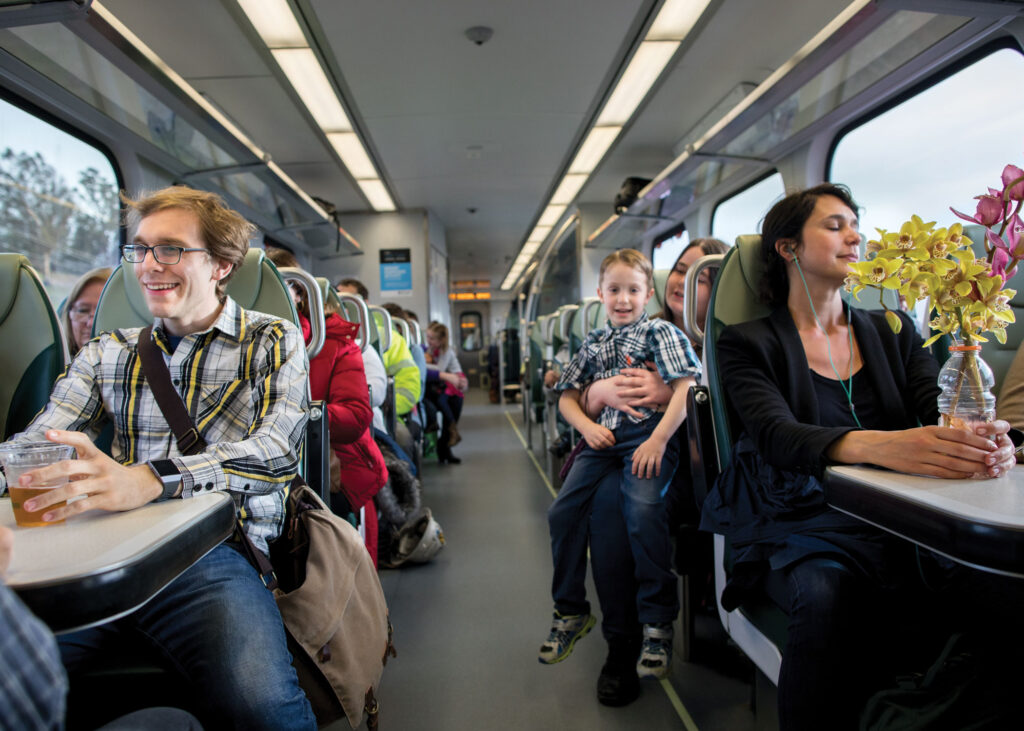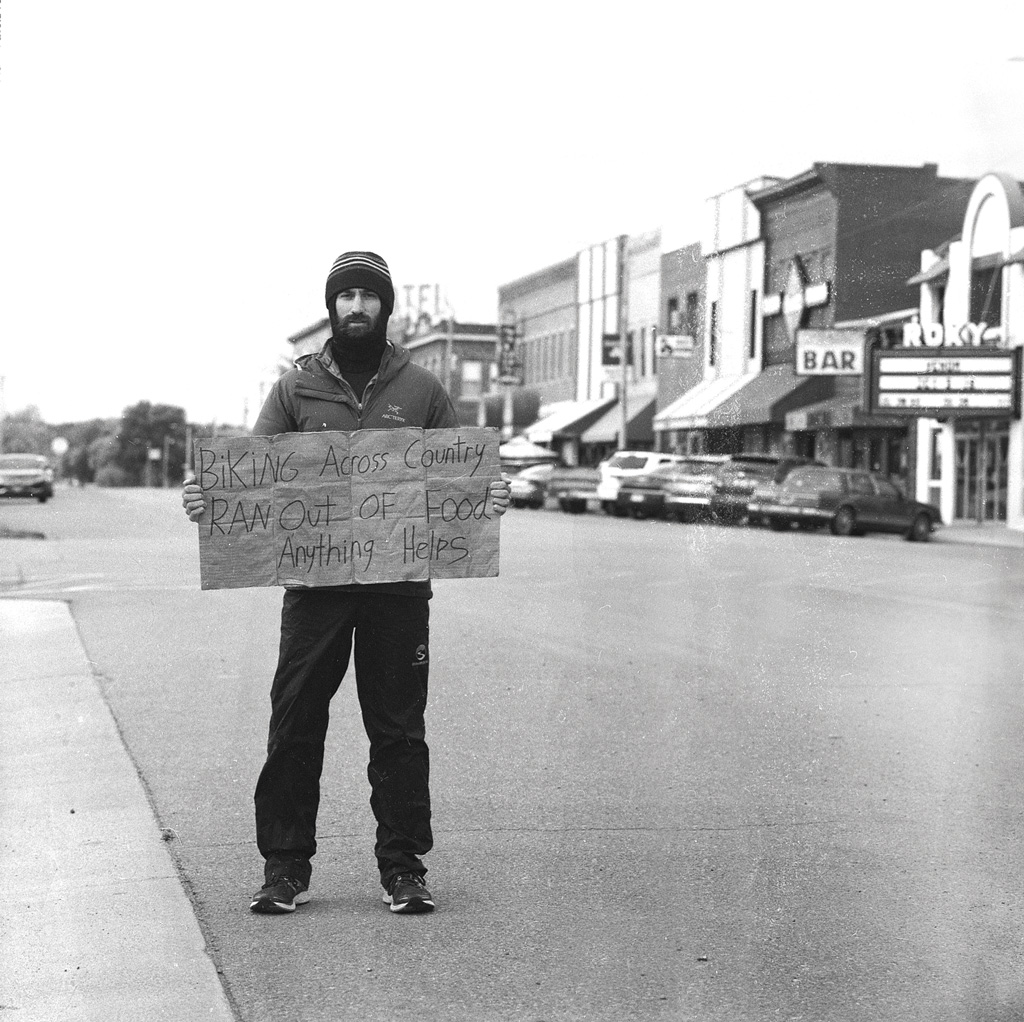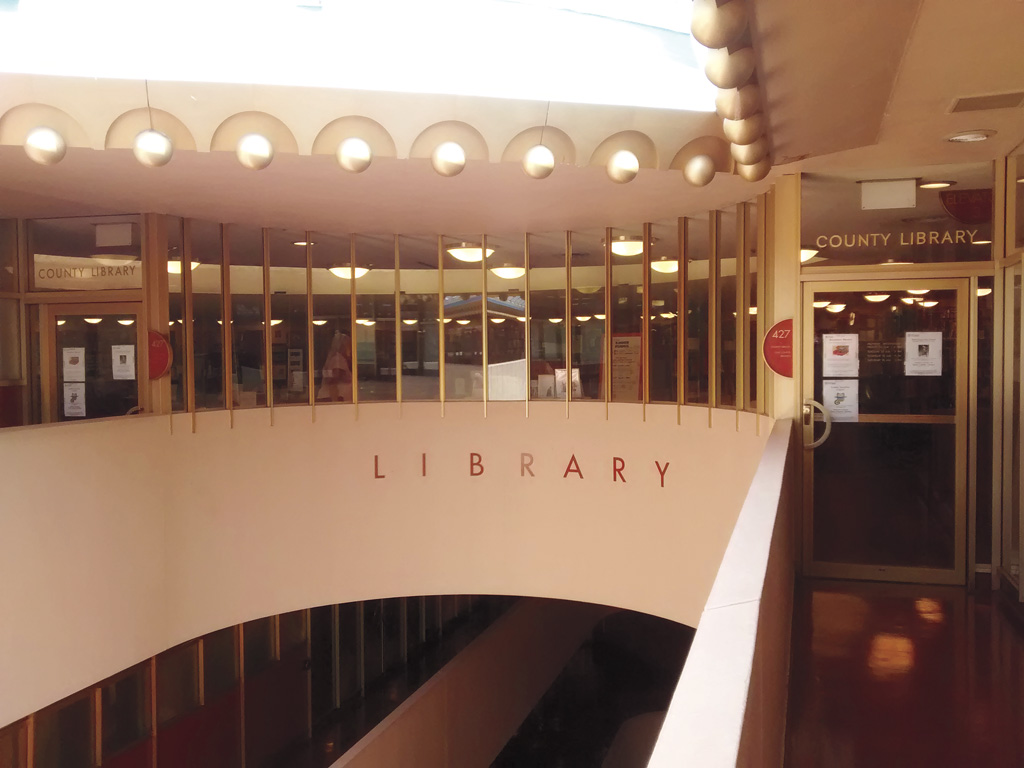Before the pandemic, SMART, Sonoma-Marin Area Rapid Transit, was seeing daily ridership numbers that were approaching the 3,000s, especially after the Larkspur station opened near the ferry terminal in late 2019, and things were looking to only get better. The pandemic changed all that and daily numbers quickly fell to the 300s.
But Matt Stevens, who handles communications, marketing and customer service for the agency, is looking forward to seeing those numbers bounce back soon as riders return for all the good things that come from leaving the car at home. “When you are commuting via car it’s like a second job,” says Stevens, who started with the agency in 2001 as a consultant and has worked there as an employee since 2012. “When you’re on the train you can relax, you can read a book, do work if you need to. You can make phone calls or you can just enjoy the scenery. The North Bay is blessed with incredible scenery and some of the best parts can only be seen from the train.”
Beyond its loyal regular riders, SMART has helped out many during the pandemic by participating in the Metropolitan Transportation Commission’s Clipper START pilot program, which offers 50 percent off rides to low-income riders. Also, during the pandemic, SMART is offering free rides to anyone going to get a vaccine, similar to a free program that helped those who lost their homes and vehicles evacuate Sonoma during the 2017 wildfires. “Coronavirus is another kind of fire that’s been raging through our community and so this is an opportunity for us to help people get their vaccines,” Stevens says.

SMART spent most of last year preparing for the new Windsor station, which will be followed by the construction of new stations and track improvements (once funding is in place) in Healdsburg and then Cloverdale. “We did all of the in-water work where we’d be able to rebuild all the bridges, including both rail bridges, as well as bicycling bridges, and got all of our culverts done. Basically, everything to prepare the ground for rebuilding the railroad tracks themselves,” Stevens says.
By 2022, work should start on completing Windsor and moving on to Healdsburg — finally connecting San Francisco and everything in between to Wine Country via public transit — where a big challenge is bridging the Russian River. Stevens says that officials in Healdsburg have asked the agency to look at moving the planned station from the historic rail depot south of town to one of two choices in the heart of downtown. “We think that’d be cool,” he says.
SMART is expanding in other ways. In December of last year, the California Transportation Commission voted to approve SMART’s takeover of 21 miles of rail from the Northwestern Pacific Railroad Co. between Healdsburg and Mendocino and manage freight hauling between Napa and Windsor. Although the deal must still be approved at the federal level, the approval gave SMART access to $4 million to buy four locomotives, other equipment and rail operation rights from Northwestern Pacific Railroad.
“The State of California has noticed that we have the ability to get things done and to build things cost-effectively — if not on budget, then under budget,” Stevens says of the approval. “I think that is a big vote of confidence.”










